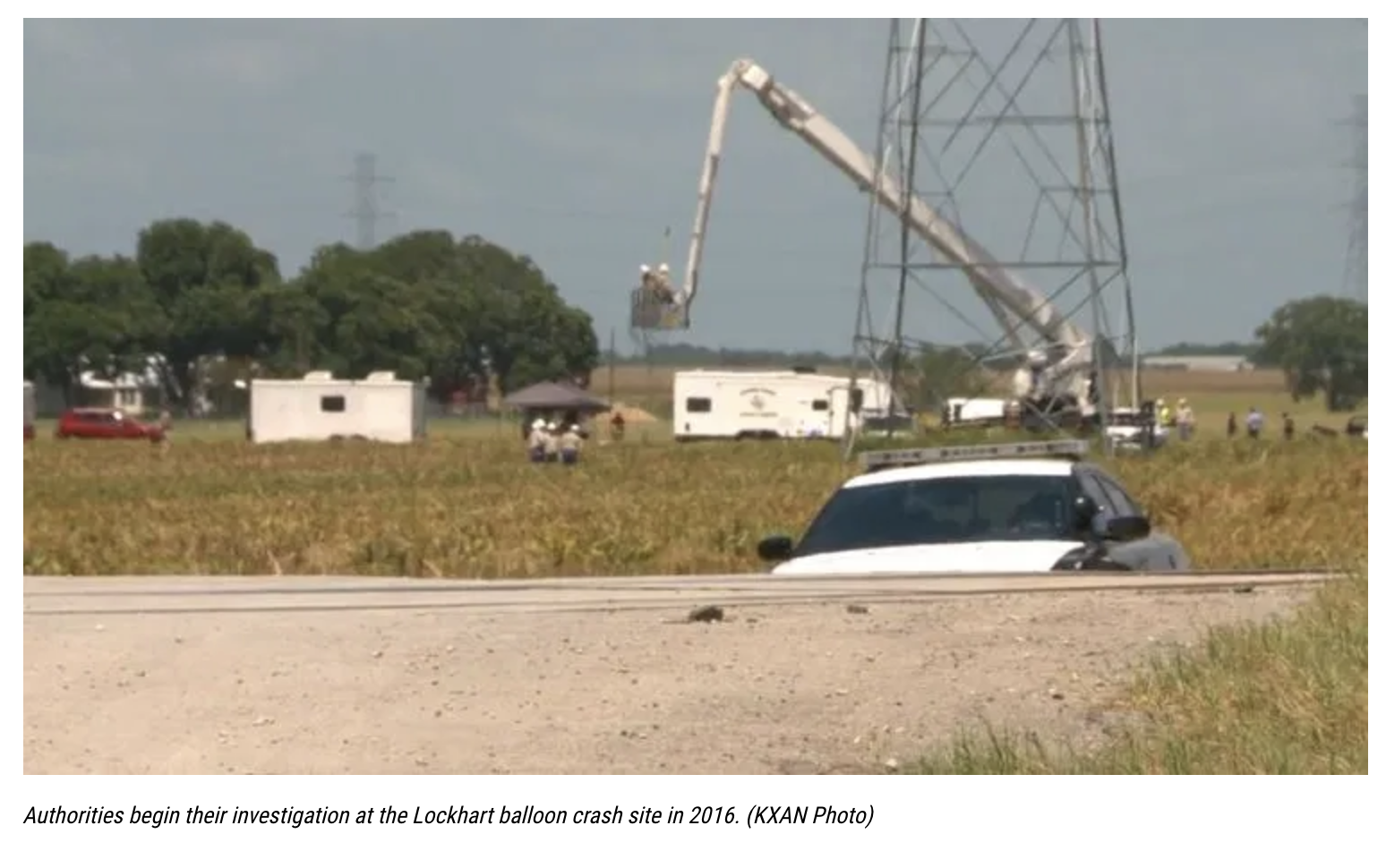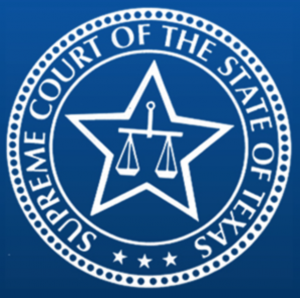 Hot air balloon rides and other similar in-air recreation activities are a unique and thrilling experience for many participants. While these excursions provide the public with a special vantage point, there are inherent risks in participating in these activities. Texas hot air balloon accidents can pose many challenges to victims and their loved ones. The public is urging lawmakers to push for more protections for balloon riders. This push stems from the Federal Aviation Administration’s failure to implement regulatory changes following a devastating 2016 hot air balloon accident.
Hot air balloon rides and other similar in-air recreation activities are a unique and thrilling experience for many participants. While these excursions provide the public with a special vantage point, there are inherent risks in participating in these activities. Texas hot air balloon accidents can pose many challenges to victims and their loved ones. The public is urging lawmakers to push for more protections for balloon riders. This push stems from the Federal Aviation Administration’s failure to implement regulatory changes following a devastating 2016 hot air balloon accident.
A recent investigative news report highlighted the frustration the Texas hot air balloon accident victims’ families are experiencing nearly five years after the accident. A woman lost her daughter and granddaughter in a hot air balloon accident in 2016. According to reports, the women were two of the 16 people who died when the hot air balloon flew into a power line. The hot air balloon pilot had reportedly taken a combination of various prescription medications before the flight. The woman is working with lawmakers on legislation that would require commercial balloon operators to take medical and physical exams before licensure. However, as the fifth anniversary of the accident passed, the Federal Aviation Administration is yet to implement any of the rules or regulations. However, even with oversight, hot air balloons continue to pose serious risks to operators and passengers. Recently, five people died in a New Mexico hot air balloon accident. The hot air balloon hit a power line and separated the balloon from the gondola where the passengers stand.
Despite regulations, hot air balloons continue to pose significant risks to passengers. There have been about 20 hot air balloon accidents every year and about 26 fatalities in the last twenty years. Although hot air balloon fatalities seem low, the statistics should be looked at relative to the number of people who ride these vessels. There are many reasons these accidents occur, and the majority involve some degree of negligence. The leading causes of hot air balloon accidents are:
 Texas Injury Lawyers Blog
Texas Injury Lawyers Blog


 The Supreme Court of Texas recently issued an
The Supreme Court of Texas recently issued an  The Supreme Court of Texas recently issued an
The Supreme Court of Texas recently issued an  The Supreme Court of Texas recently issued a
The Supreme Court of Texas recently issued a  A family initiated a Texas wrongful death lawsuit against SpaceX following a car accident outside its launch site. According to a recent news
A family initiated a Texas wrongful death lawsuit against SpaceX following a car accident outside its launch site. According to a recent news  The Supreme Court of Texas issued a
The Supreme Court of Texas issued a  Self-driving, or autonomous cars, are revolutionizing the way the public looks at travel and car ownership. These vehicles turn active drivers into passive passengers, allowing motorists to rely on the car’s advanced computerized system to navigate the roads and avoid collisions. However, these cars may result in a serious Texas car accident, as the new technology is still being refined.
Self-driving, or autonomous cars, are revolutionizing the way the public looks at travel and car ownership. These vehicles turn active drivers into passive passengers, allowing motorists to rely on the car’s advanced computerized system to navigate the roads and avoid collisions. However, these cars may result in a serious Texas car accident, as the new technology is still being refined. Texas
Texas  During the course of the COVID-19 global pandemic, tens of millions of people across the country experienced moving their work lives, but also their active lives, into their homes and away from typical common spaces such as gyms or exercise studios. As people began both working and attempting to stay active during quarantine and to practice social distancing, demand for at-home exercise options and equipment has been on the rise. But even at home, could these equipment options pose risks to you and your family? Those injured due to a dangerous piece of exercise equipment may be able to pursue a Texas product liability claim against the manufacturer.
During the course of the COVID-19 global pandemic, tens of millions of people across the country experienced moving their work lives, but also their active lives, into their homes and away from typical common spaces such as gyms or exercise studios. As people began both working and attempting to stay active during quarantine and to practice social distancing, demand for at-home exercise options and equipment has been on the rise. But even at home, could these equipment options pose risks to you and your family? Those injured due to a dangerous piece of exercise equipment may be able to pursue a Texas product liability claim against the manufacturer.